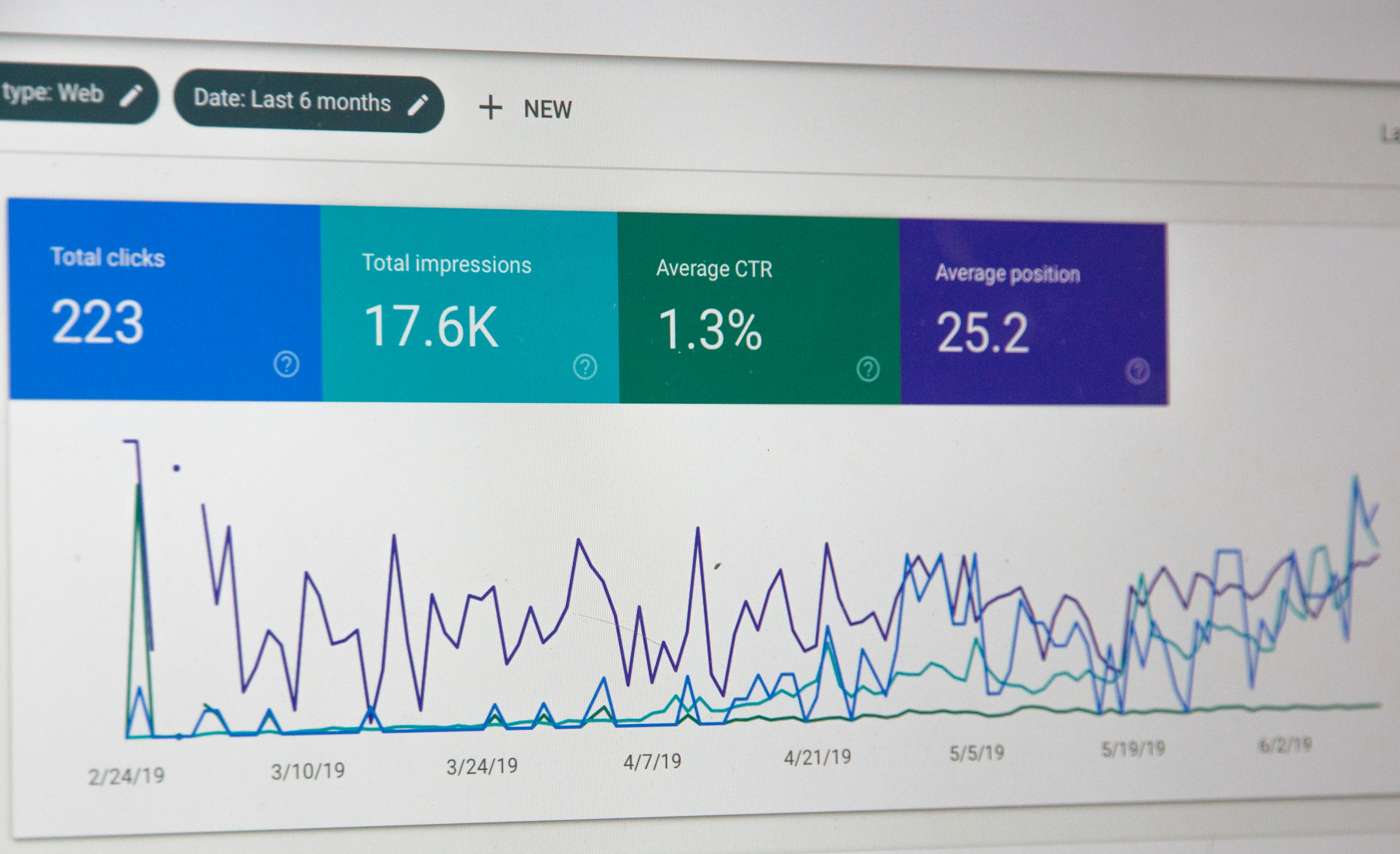Leveraging AI for Competitive Market Analysis

Leveraging AI for Competitive Market Analysis
Three months ago, I watched a small e-commerce business outmaneuver a major competitor during the holiday season. Their secret weapon? An AI system that spotted a subtle shift in customer behavior two weeks before anyone else noticed. It's stories like these that make me excited about where market analysis is heading.
The Reality of AI in Market Analysis
When I first started working with AI for market analysis at echome.pro, I was skeptical of the bold claims being made. A 90% accuracy rate in trend prediction? It seemed too good to be true. But after seeing it in action across dozens of businesses, I've become a believer – with some important caveats.
The Stories Behind the Statistics
Let me share something that changed my perspective entirely. Last quarter, I worked with a retail chain that was considering closing several locations. Traditional analysis suggested they had too many stores in certain areas. But when we dug deeper with AI-powered analysis, we discovered something fascinating: the problem wasn't store density – it was inventory mix.
By analyzing millions of data points across social media, local events, and purchasing patterns, the AI uncovered micro-trends that were invisible to traditional analysis. The result? Instead of closing stores, they adjusted their inventory strategy and saw a 40% increase in sales.
What Actually Works in Practice
Here's what I've learned from implementing AI market analysis across different industries:
The Power of Real-Time Insights
It's not just about having data – it's about having the right data at the right time. I recently watched a fashion retailer completely change their holiday strategy based on AI insights from social media sentiment. They caught a trend shift three weeks before their competitors and doubled their seasonal revenue.
The Human Element
The most successful implementations I've seen share one common factor: they use AI to enhance human decision-making, not replace it. The technology is incredible at spotting patterns and correlations, but it takes human insight to turn those observations into actionable strategy.
Industry-Specific Applications
Retail Sector
Recent implementations of AI in retail, documented through various case studies, demonstrate remarkable improvements:
- Dynamic pricing optimization (10-15% margin improvement)
- Inventory management (30% reduction in stockouts)
- Store placement optimization (25% better performance)
- Product mix optimization (20% higher sales)
- Promotion planning (35% better ROI)
Financial Services
Key benefits include:
- Risk assessment (40% more accurate)
- Market timing (25% better returns)
- Portfolio optimization (30% improved performance)
- Client segmentation (50% more precise)
- Fraud detection (60% better accuracy)
Manufacturing
AI drives:
- Supply chain optimization (20% cost reduction)
- Demand forecasting (30% more accurate)
- Quality control (40% defect reduction)
- Cost optimization (25% savings)
- Innovation tracking (35% faster time to market)
Beyond the Buzzwords
Here's something most articles won't tell you about AI market analysis: the biggest wins often come from the smallest insights. It's not always about massive market shifts or disrupting industries. Sometimes it's about noticing that slight change in customer behavior, that tiny shift in sentiment that signals a bigger trend.
I remember working with a small coffee shop chain that used AI to analyze local social media conversations. They noticed a subtle increase in discussions about afternoon tea – something their competitors missed entirely. By slightly adjusting their afternoon menu, they captured an entirely new customer segment.
Looking Forward
The future of market analysis isn't about replacing human insight with AI. It's about creating a partnership where technology handles the heavy lifting of data analysis, freeing humans to do what they do best: understand context, make creative connections, and build strategies that resonate on a human level.
In my years of working with businesses on AI implementation, I've learned that the most powerful insights come from combining technological capability with human experience. When we get that balance right, the results can be truly transformative.


